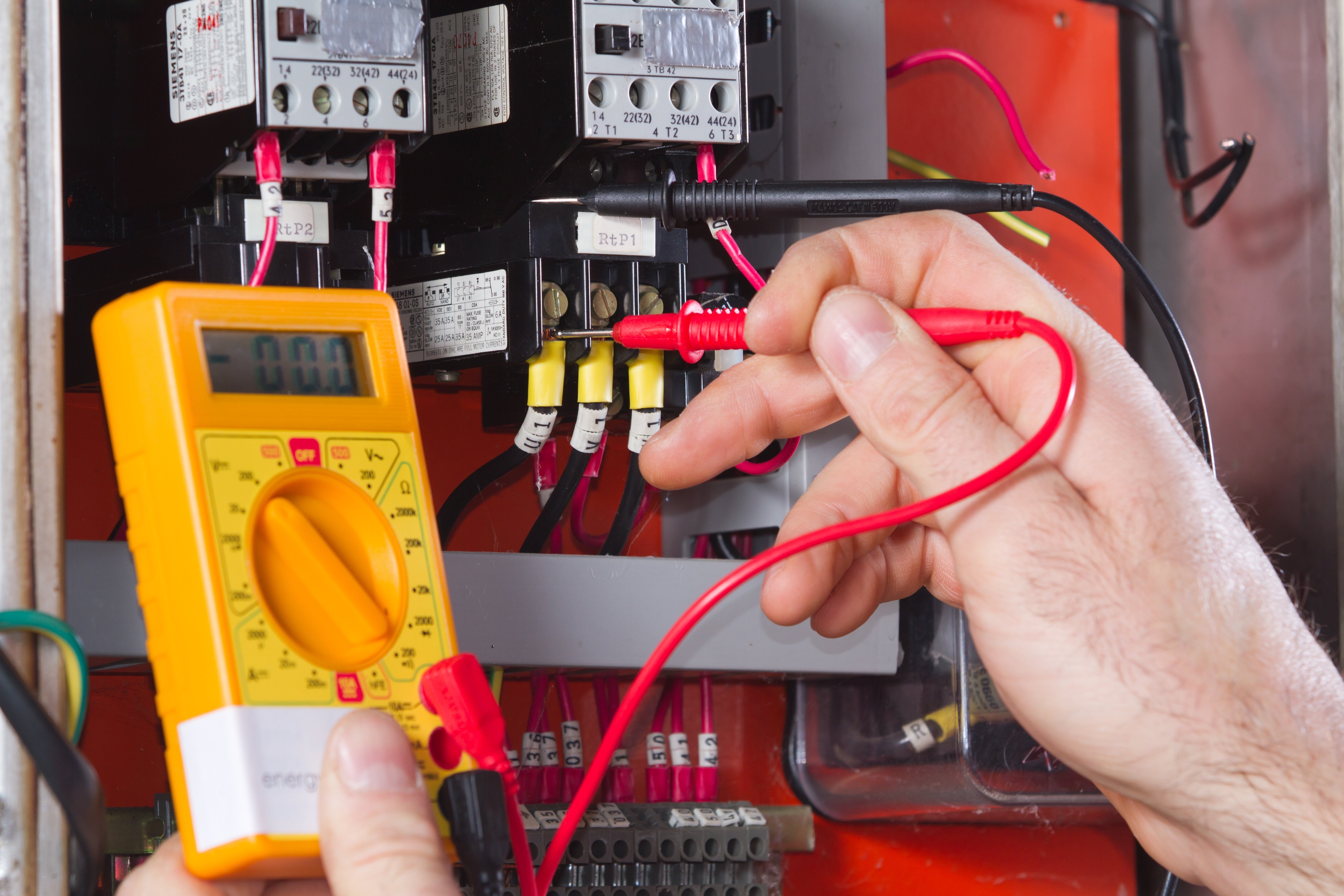Reputable and Expert BRE Electrical Services for Every Task
Reputable and Expert BRE Electrical Services for Every Task
Blog Article
Demystifying Electrical Installation: Understanding Codes and Rules for a Lawful and Safe Configuration
In the realm of electric installment, adherence to codes and guidelines is paramount to guarantee both legality and safety and security. The journey to debunking electric installation goes beyond plain familiarity with guidelines; it demands a profound grasp of just how to apply safe electric techniques effectively.
Value of Electric Codes
The adherence to electric codes is important in making certain the safety and dependability of electric installments. Electric codes work as a set of requirements and guidelines that determine the correct layout, installation, and maintenance of electrical systems. These codes are established to reduce the danger of electric threats, fires, and various other safety concerns that may occur from malfunctioning electric job.

Moreover, electrical codes are regularly upgraded to incorporate brand-new technologies, finest practices, and security measures. Remaining updated with these codes is crucial for professionals in the electric industry to make certain that their work fulfills the current safety and security standards. Inevitably, the importance of electric codes hinges on creating a safe and secure and efficient electric framework that benefits both people and communities.
Secret Rules for Safety
A number of fundamental guidelines govern the security criteria in electrical setups. One vital policy is the National Electric Code (NEC), which gives guidelines for risk-free electric layout, installation, and assessment to shield people and residential property from electrical risks. The NEC covers elements such as wiring methods, grounding, overcurrent security, and tools setup to make sure a secure electric system.
Another vital guideline is the Occupational Security and Health And Wellness Management (OSHA) requirements, which concentrate on the safety and security of employees associated with electric setups (BRE Electrical). OSHA policies include requirements for proper training, safety procedures, and individual safety devices to stop work environment mishaps and injuries
In Addition, the International Electrotechnical Payment (IEC) requirements aim to integrate electrical installation laws on a worldwide scale. These criteria address problems like electrical tools security, electromagnetic compatibility, and power efficiency to advertise uniformity and safety in electrical installments worldwide.
Conformity with these crucial laws is crucial to guarantee the safety and security and legitimacy of electric setups, protecting both people and residential property from the risks linked with electrical power.
Understanding National Electric Code
Secret laws such as the National Electrical Code (NEC) give vital BRE Electrical standards for safe electric layout, setup, and examination to ensure the security of people and home from electric hazards. The NEC, likewise recognized as NFPA 70, is a comprehensive collection of criteria for electrical installations that are upgraded every 3 years. It is developed by the National Fire Protection Organization (NFPA) and is extensively adopted across the United States.
The NEC covers different aspects of electrical work, consisting of circuitry methods, grounding, overcurrent protection, and devices installment. It intends to safeguard people and home by addressing potential risks related to electric systems. Conformity with the NEC is commonly imposed by regional authorities having jurisdiction (AHJs), such as developing code authorities and examiners.
Comprehending the NEC is critical for electric contractors, designers, and examiners to make sure that installments fulfill the essential safety and security needs. By sticking to the NEC standards, specialists can aid protect against electric crashes and make certain the integrity of electric systems in household, business, and commercial setups.

Conformity With Regional Building Ordinance
Understanding and sticking to local building regulations is necessary for guaranteeing the safety and conformity of electrical installments within a particular territory (BRE Electrical Solutions). Local building ordinance vary from one community to another, and they are implemented to guard the well-being of owners and residential properties. These codes describe details demands for electric setups, such as the kind of wiring to be made use of, placement of electrical outlets, basing methods, and tons abilities. By abiding by neighborhood building regulations, electrical contractors can ensure that setups are done appropriately and meet the required safety and security standards.
When it comes to electric setups, failing to conform with local structure codes can result in severe consequences. Non-compliant installments may pose security risks, raise the danger of electrical fires, and lead to expensive fines or legal issues.
Making Sure Safe Electrical Practices
Practicing rigorous adherence to established security procedures is vital in the area of electric installations to mitigate potential risks and make sure the well-being of people and buildings. Security in electrical work encompasses different facets, beginning with the correct training of employees included in installation, upkeep, and repair work. By focusing on secure practices, electrical installations can work effectively while decreasing the likelihood of accidents or damage.
Conclusion
To conclude, adherence to electric codes and laws is vital for making sure the security and legitimacy of electrical installments. Recognizing the National Electric Code and conformity with local structure codes are crucial for a risk-free setup. By complying with these standards and exercising secure electric practices, individuals can stop prospective hazards and guarantee the appropriate performance of their electrical systems.
Report this page